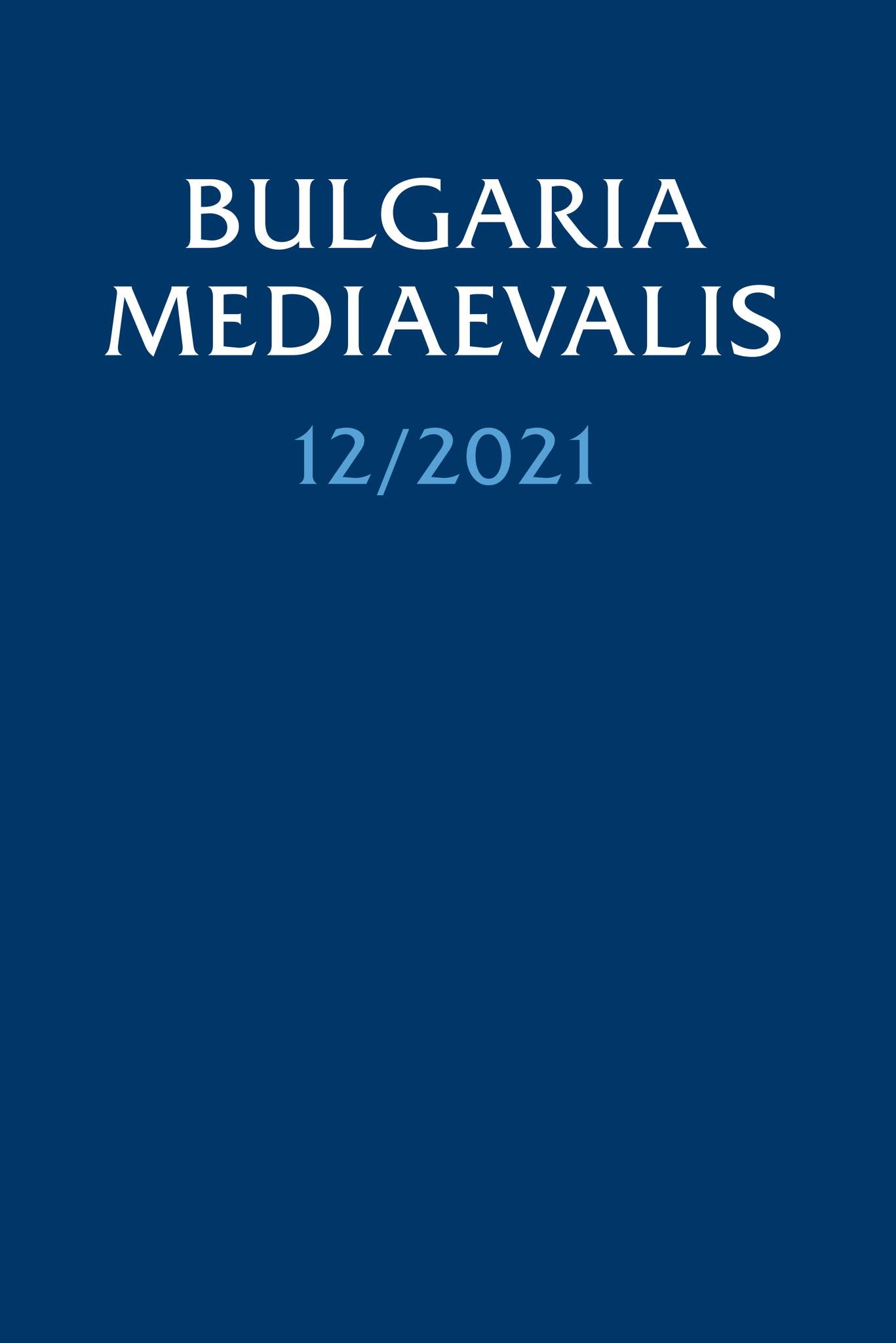София на границата на две епохи (втората половина на XIV–началото на XVI век)
Sofia At The Border Of Two Eras, Second Half Of The 14th–Early 16th Centuries
Author(s): Rossitsa GradevaSubject(s): History, Middle Ages
Published by: Фондация "Българско историческо наследство"
Keywords: Ottoman Sofia; Ottoman chronicles; Ottomanisation of space; foreign travellers; Orthodox Christian authors; Ottoman conquest
Summary/Abstract: This study aims to reconstruct the image of early Ottoman Sofia in the period of initial appropriation of space by the Ottomans during and after the conquest. We look into this transitional period through the lens of the observations of foreign travellers of different provenance, Ottoman authors (the anonymous author of the Gazavatname of Sultan Murad, Idris-i Bidlisi, Kemalpaşazade, Evliya Çelebi, Hoca Sadeddin Efendi, and others), and local denizens (Pop Peyu and Mathew the Grammarian, the authors of the vitae of two of the Sofia new martyrs). The first part of the study introduces the main developments in the history of the town and the region during the period and serves as historical context to the main aspects of the image of Sofia as they emerge from these very diverse narratives and which are discussed at more length: 1. Sofia’s history and (central) geographical location; 2. Its people; 3. Urban layout and individual structures; 4. Natural environment and resources. The image of early Ottoman Sofia that emerges from the narratives is often contradictory and very revealing about the process of Ottomanisation of space. Few are the town’s assets that are praised by all visitors and locals, their foci are different as are their interests and background. Among those, positively assessed are usually Sofia’s central geographic location, the beautiful natural environment and the impact of the nearby mountain, the fresh air, fertile land, abundance of food and good drinking water, and – its famous mineral sources. Shared is also the interest in Sofia’s history but – surprisingly not its Roman period but its doubtful past as a former capital city of the Bulgarian Tsardom and its importance as an ecclesiastical centre in the past. Few of our sources pay attention to the city landscape; they rather outline what strikes them as different from their home countries – the lack of fortress walls, the numerous mosques and tall minarets, the low houses made of woodеn planks or sundried bricks; the caravansarays and the public baths. Only the baths seem to have impressed positively some of the visitors. At another level, the descriptions of the town refer to the intense and continuous process of Ottomanisation not only in the physical outlook of the town but also in the population and the confrontation of the two main religious components, in the vision of the city; the rarely discussed interaction and mutual influence between Muslims and Orthodox Christians, and of the two of them with the foreign visitors.
Journal: Bulgaria Mediaevalis
- Issue Year: 12/2021
- Issue No: 1
- Page Range: 341-365
- Page Count: 25
- Language: Bulgarian
- Content File-PDF

